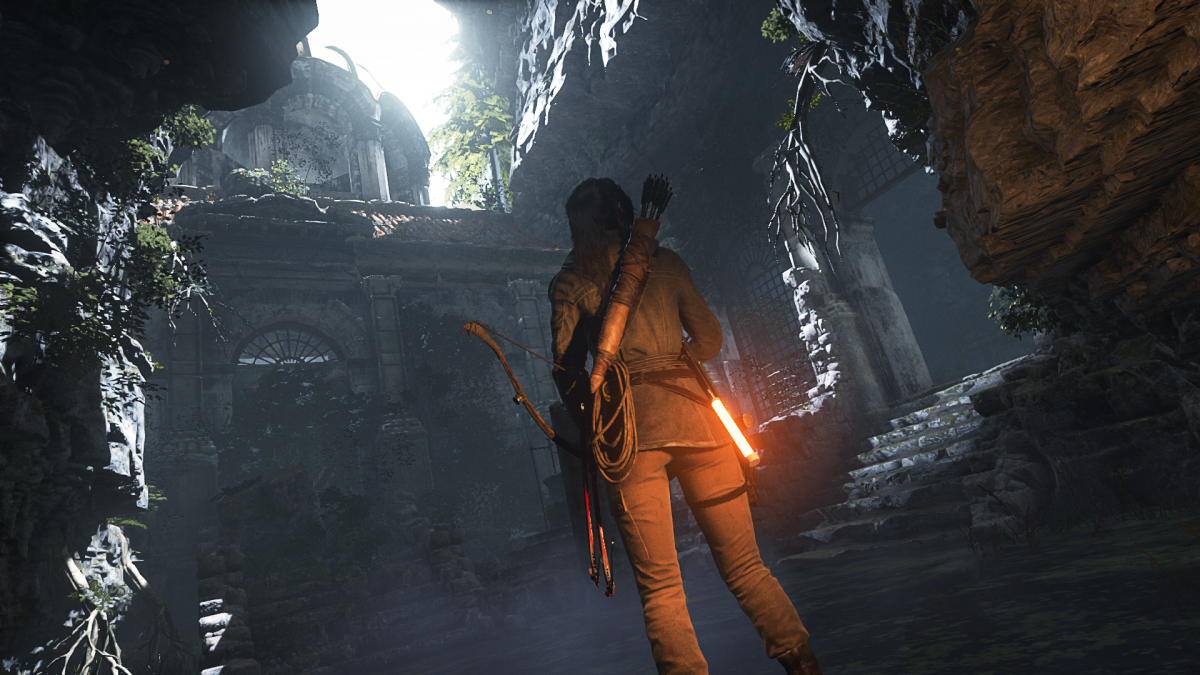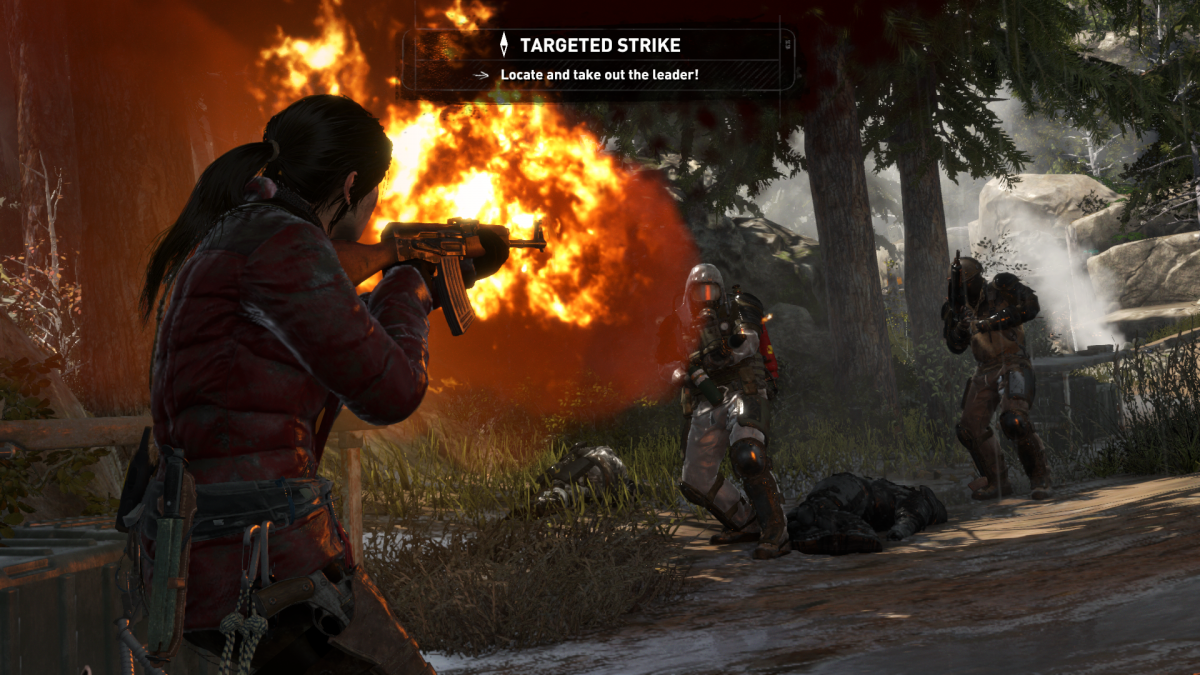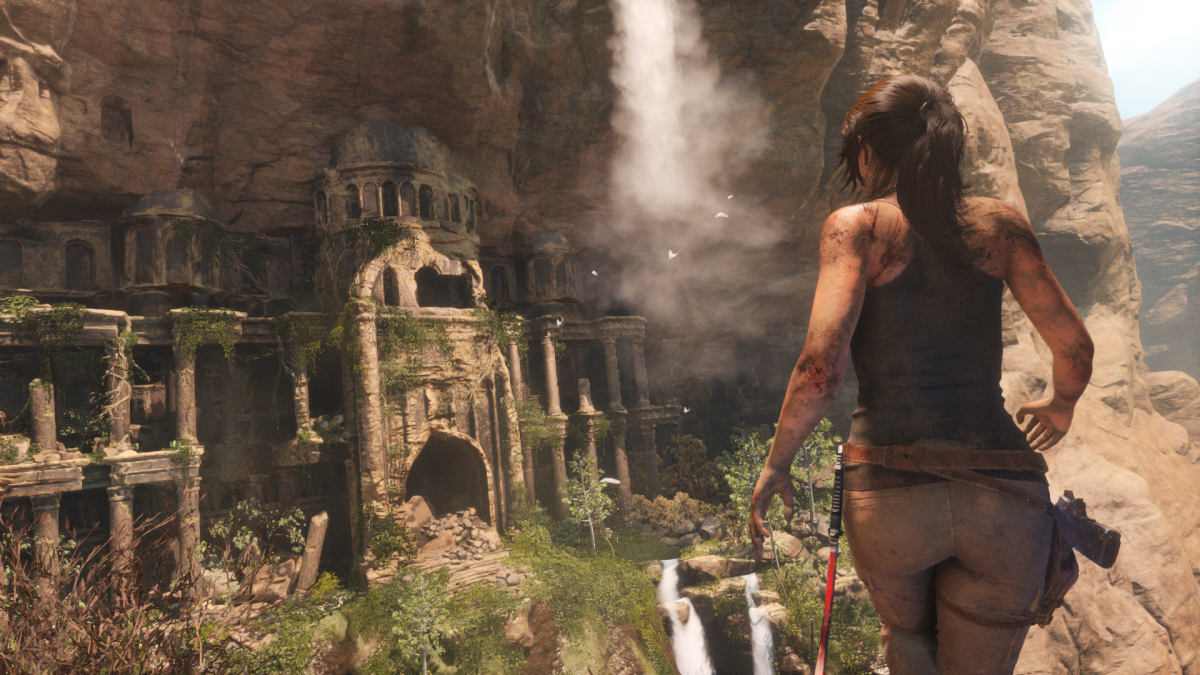Rise of the Tomb Raider review: Crystal Dynamics' stellar sequel is on the cusp of greatness
Rise of the Tomb Raider
Platforms: Xbox One (tested), Xbox 360
Developer: Crystal Dynamics
Publisher: Microsoft / Square Enix
Release Date: Friday, 13 November
In Crystal Dynamics' 2013 Tomb Raider reboot, iconic video game heroine Lara Croft was beaten bloody and bruised in an origin story hauling her into the modern world. It wasn't perfect, but it was a success, bringing the series up to speed with the video game landscape and giving Lara a new lease of life. One problem, however, was the treatment of Lara. The aim was to show how she becomes the hardened adventurer we know by putting her through a wringer of absolute torment, but the game went too far attempting to be gritty and dark.
Thankfully, sequel Rise of the Tomb Raider gives us the kind of Lara fans want. Never victimised or sexualised, she is tough, capable and confident - and that's indicative of the game as a whole. Rise recognises the strengths of the first game and strengthens them further. The open world is larger, exploration is more satisfying, and combat more intuitive. Some problems remain however – the story is entirely forgettable, the acting sub-par, and the series still can't quite justify Lara's habit for murder.
In 2013 Tomb Raider pitched Lara as a survivor - a more relatable and believable person - making the trail of bodies she left in her wake a little strange. Lara's transition from survivor to action hero in the sequel lessens the strangeness, but it seems possible within the confines of what Crystal Dynamics has created to emphasise non-lethal play and keep the death toll low by striking a better balance between stealth and action. Stealth is always an option here, but it's tougher to pull off than it need be, making violence inevitable. What's most indicative of this is how Lara's stealth takedown starts as a non-lethal choke but is upgraded to various methods of violent stabbing.
When there is action however, it is fun and an improvement over the original, with particularly intuitive controls for crafting arrows on the fly. The combat overall does suffer though, from a looseness of Lara's movement that makes getting away from enemies problematic in small spaces. Her movement is designed for big open spaces, and that's felt when the action is focused into a small area.





It is in those big open spaces that Rise of the Tomb Raider really excels, and not just because of it's gorgeous visuals. As in the previous game, the player's progression through the succession of open areas is linear, but it's always possible to backtrack. Rise is much bigger and more open than the previous game, and this is its greatest strength. There are stunning vistas of natural scenery and ancient structures throughout and while the 30fps frame rate is noticeable after Halo 5's near-constant 60fps, it doesn't diminish Crystal Dynamics' artistry.
Each open area has its own set of collectables. Of these the artefacts impress most. Lovingly rendered with interesting little nuggets of history thrown in, they help underpin Lara's passion of archaeology and in turn why she's on this journey in the first place. Certainly a lot better than boring audio logs adding white noise to the series' lore (of which there are admittedly still some).
Then there are the tombs – nine in total. These are wonderful, well-hidden puzzles given a lot more love and attention than in the last game (in which Lara famously said: "I hate tombs"). Each is unique in some way and while they don't offer the greatest challenge, they are clever and among the game's highlights. If you're worried about tomb raiding being limited to these extras, don't be, there are similar areas and puzzles peppering the story.
As mentioned, it's the story that disappoints. The first game had a rudimentary plot, but also the novelty of being a new take on the series. Now we know what to expect, the story stringing things together should have been so much more ambitious. Instead we get another disappointing supporting cast, in terms of both character and writing, which prevents any of it from really taking off.
A new addition is 'Expeditions' - a score-driven mode that tasks players with completing portions of the main game against the clock, or completing objectives in one of the game's open areas. The four modes can be customised with 'cards' that adapt the challenge (better weapons, big heads, etc) and offer percentage bonuses. While the implementation of microtransactions with cards is a little funny (you should earn more through play) and screams of a publisher-mandated feature, it is a mode with surprising depth and potential, and a big improvement over the tacked-on multiplayer of the previous game.
With Rise of the Tomb Raider, Crystal Dynamics has made a stellar sequel, but hasn't yet reached the full potential glimpsed in 2013's reboot. It is visually fabulous, boasting stunning environments, and improves the core exploration and combat gameplay, but there's still room to improve further. With even bigger open worlds, dialled down violence and a stronger script, the inevitable next instalment could really be special. There's no doubt that Crystal Dynamics deserves the chance to make that happen.
For all the latest video game news follow us on Twitter @IBTGamesUK.
© Copyright IBTimes 2025. All rights reserved.






















